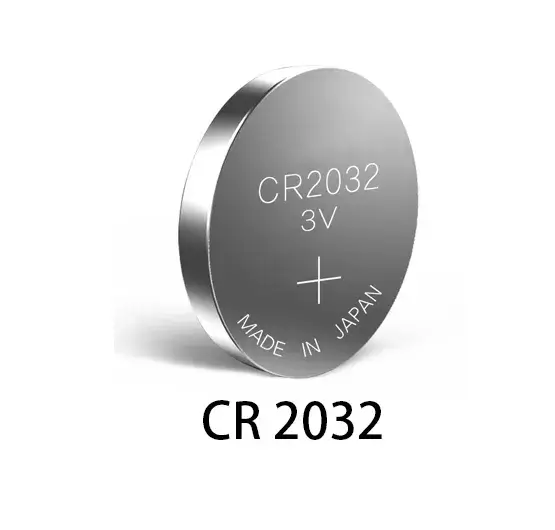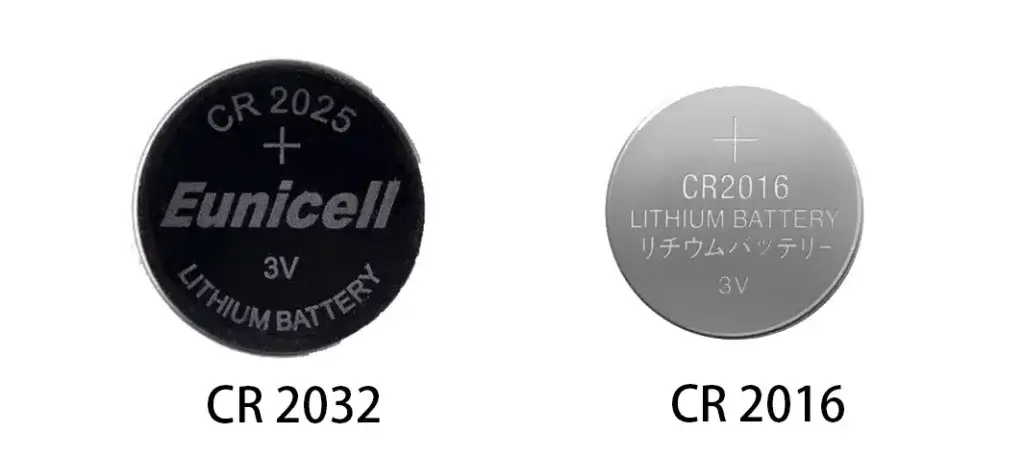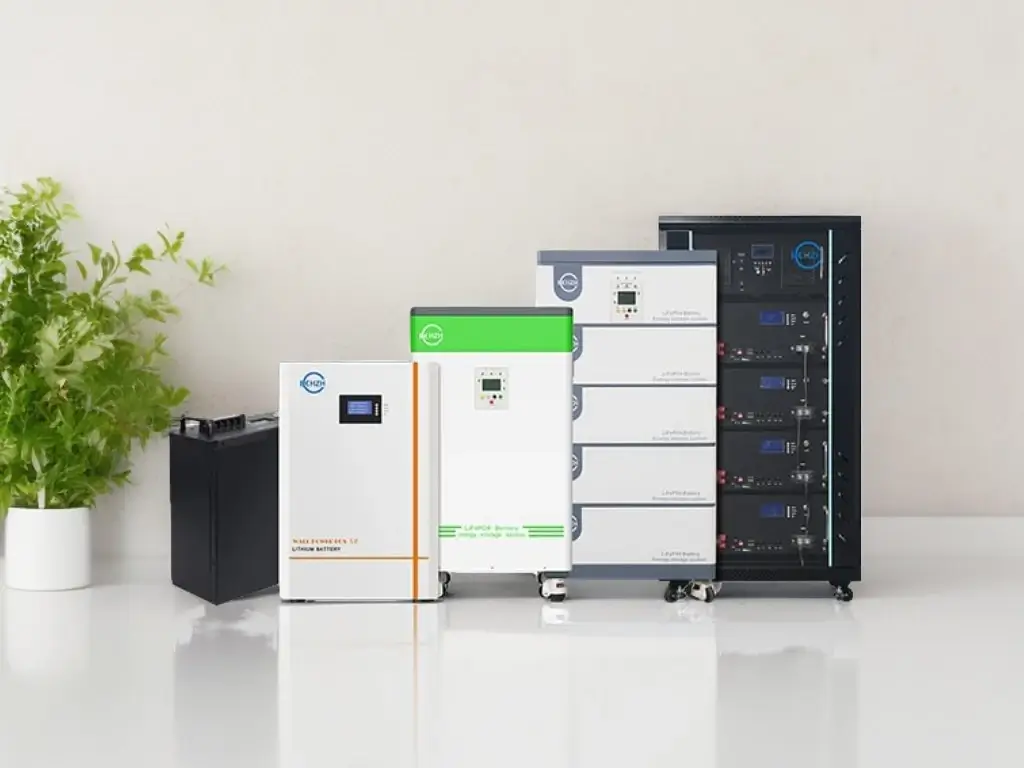Brief Overview of Batteries and their Importance in Daily Life

Beyond consumer electronics, batteries are essential in various industries such as healthcare for medical devices, transportation for electric vehicles, and renewable energy storage systems. The ability to store energy efficiently and deliver it on demand has revolutionized how we live, work, and communicate.
The significance of batteries in daily life cannot be overstated. Imagine a world without smartphones, laptops, or even remote controls—all of which rely on batteries for their operation.
Batteries are ubiquitous in modern society, serving as the unseen power sources that drive our everyday devices. From the tiny button cells that power our watches to the large rechargeable batteries in electric vehicles, these portable energy storage devices play a crucial role in powering our technology-driven world. Batteries work by converting chemical energy into electrical energy, allowing us to untether ourselves from traditional power sources and enabling mobility and convenience.
The 3V Battery is a Common Type of Battery Used in Various Devices

Among the diverse array of batteries available today, the 3V battery holds a special place due to its versatility and widespread use across different applications.
With a voltage rating of 3 volts—significantly higher than standard household batteries like AA or AAA—the 3V battery offers a balance between power output and size efficiency.
This makes it ideal for powering small electronic devices that require more voltage than traditional alkaline batteries can provide.
The 3V battery comes in various forms, including lithium coin cells and alkaline cylindrical cells, each tailored to meet specific needs in terms of size constraints, capacity requirements, and longevity.
These compact powerhouses find their way into everyday gadgets like cameras, remote controls, glucose monitors, and even some smart home devices.
Understanding the nuances of the 3V battery is essential not only for consumers looking to replace them but also for engineers designing products that rely on consistent power delivery for optimal performance.
Overview of 3V Battery
Definition and Explanation of Voltage in Batteries
Voltage in batteries refers to the electrical potential difference between the positive and negative terminals. It is essentially the force that drives electrons through a circuit, creating an electric current.
In simpler terms, voltage is what determines how strongly a battery can push electrons through a device to power it.
The unit of measurement for voltage is volts (V), named after Alessandro Volta, the Italian physicist who invented the first chemical battery in 1800.
The 3V rating of a battery indicates that it can provide a potential difference of three volts between its terminals when fully charged.
This moderate voltage level makes 3V batteries versatile for powering various electronic devices that require a balance between energy output and size constraints.
Understanding voltage is crucial when selecting batteries for specific applications, as using an incompatible voltage can damage equipment or lead to inefficiencies in power delivery.
Description of the Size, Shape, and Typical Appearance of a 3V Battery

The physical characteristics of 3V batteries vary depending on their type; however, common examples include cylindrical alkaline cells or flat lithium coin cells.
Cylindrical 3V batteries akin to AAAA or N cells typically have metal casings with positive and negative terminals at each end. On the other hand, lithium coin cell batteries like CR2032 are thin discs with distinct markings for polarity on their sides.
In terms of size comparison, 3V batteries generally fall between the common 1.5V AA or AAA sizes and larger models such as the bulky 9V battery familiar in smoke detectors or portable radios.
You can learn the difference in this “18650 VS AA Battery” article!
This intermediate voltage level strikes a balance between compactness and power output suitable for devices like remote controls, digital thermometers, or small electronic toys.
Comparison with Other Common Battery Voltages Like 1.5V and 9V
When comparing different battery voltages, each offers unique advantages based on energy requirements and device compatibility.
The ubiquitous AA or AAA alkaline cells operate at around 1.5 volts per cell—half the voltage output of a standard CR2032 lithium coin cell rated at 3 volts—making them suitable for low-power gadgets like TV remotes or wall clocks.
In contrast, heavy-duty applications often opt for higher-voltage options like the rectangular-shaped 9-volt battery used in smoke alarms due to its increased power capacity over longer periods compared to smaller counterparts.
Understanding these distinctions helps consumers make informed decisions when choosing batteries tailored to specific devices’ needs while considering factors such as longevity, cost-effectiveness, and overall performance.
Lithium Coin Cell Batteries: Power in a Compact Form
Lithium coin cell batteries are revered for their compact size and high energy density, making them ideal power sources for small electronic devices. The key to their impressive performance lies in the lithium technology employed within these batteries. Unlike traditional alkaline batteries, lithium cells utilize lithium compounds as the active material in their electrodes, allowing for a higher voltage output of 3V.
This enhanced voltage capacity is crucial for powering devices that require a reliable and long-lasting energy source. Commonly known by their model numbers such as CR2032, CR2025, and CR2016, these lithium coin cell batteries come in various sizes to fit different devices.

The CR2032 is one of the most widely used sizes and can be found in items like watches, calculators, and key fobs. Its slim profile and stable voltage output make it an essential component in numerous portable electronics.

Similarly, the CR2025 and CR2016 offer similar performance benefits while catering to specific size requirements of diverse applications. The versatility of lithium coin cell batteries extends beyond their size variations; they find extensive use across various industries due to their reliable power delivery.
From precision instruments like watches that demand consistent timekeeping accuracy to compact gadgets like calculators that rely on efficient energy consumption, lithium coin cell batteries play a pivotal role. Additionally, key fobs that require dependable battery life for remote locking systems exemplify another practical application of these high-performance cells.
Alkaline Cylindrical Batteries: Steady Power Supply with Alkaline Chemistry
In contrast to lithium coin cell batteries, alkaline cylindrical batteries operate on a different chemistry principle but share the common trait of delivering 3V of power output. The alkaline chemistry utilized in these cylindrical cells involves manganese dioxide as the primary cathode material along with zinc powder as the anode material. This chemical composition enables efficient electron flow within the battery structure, leading to stable voltage production at 3 volts.
Despite being larger than lithium coin cells due to their cylindrical shape, alkaline 3V batteries come in sizes like AAAA or N cells that are suitable for specific applications such as medical devices or remote controls. The AAAA size offers a balance between compactness and capacity – making it well-suited for medical equipment requiring constant power supply without compromising on space constraints.
On the other hand, N cells provide longer operating times ideal for remote controls where extended battery life is essential for uninterrupted device functions. The usage of alkaline cylindrical batteries extends beyond consumer electronics into critical sectors where reliability is paramount.
Medical devices relying on precise electrical input benefit from the steady power supply provided by alkaline 3V batteries. Remote controls used in various settings also rely on these robust cells to ensure seamless operation over extended periods without compromising performance quality or efficiency.
Unveiling the Mysteries: Working Principle and Chemistry Behind the Voltage
The Alchemy of Electricity Generation
Within the intricate confines of a 3V battery lies a captivating dance of chemical reactions that give birth to electricity. These reactions occur between the battery’s anode (negative terminal) and cathode (positive terminal), facilitated by an electrolyte solution or separator.
In the case of lithium coin cell batteries, for instance, lithium ions shuttle between the anode (typically made of lithium metal oxide) and cathode (comprising materials like manganese dioxide or carbon monofluoride). This movement of ions generates a flow of electrons, which is harnessed as electrical energy to power our devices.
The Quest for Voltage Stability
The choice of chemicals within a 3V battery isn’t arbitrary; it’s a meticulously calculated symphony aimed at achieving a specific voltage output. Different battery chemistries offer varying voltage potentials based on their redox reactions.
For instance, lithium-based chemistries are known for their high voltage output due to lithium’s low electrode potential. By judiciously selecting materials with specific redox potentials for the anode and cathode, battery manufacturers can fine-tune the overall voltage output to meet the requirements of devices that rely on 3V power sources.
The Chemistry Chronicles: Delving Deeper
Delving further into the realm of chemistry within 3V batteries reveals fascinating intricacies. The choice of materials not only impacts voltage but also influences other critical factors like energy density, cycle life, and safety.
For instance, alkaline cylindrical batteries achieve their 3V rating by utilizing materials such as zinc powder in the anode and manganese dioxide in the cathode – a partnership that balances performance with cost-effectiveness. Understanding these chemical intricacies provides insights into why certain chemicals are favored in crafting 3V batteries and how they contribute to powering our modern technological marvels.
Advantages of Using a 3V Battery
When it comes to the advantages of using a 3V battery, one key feature that stands out is its higher energy density compared to lower-voltage batteries. This means that a 3V battery can provide more power in a smaller package, making it ideal for compact devices where space is limited.
The higher energy density also allows 3V batteries to last longer between charges or replacements, making them convenient for long-term use. Another significant advantage of 3V batteries is their longer shelf life due to a lower self-discharge rate.
This means that even when not in use, 3V batteries retain their charge better over time compared to lower voltage alternatives. As a result, devices powered by 3V batteries are more likely to be ready for use whenever needed without the hassle of frequent recharging or replacing the battery.
Disadvantages of Using a 3V Battery
Despite their many advantages, 3V batteries do have some disadvantages worth considering. One notable limitation is their limited capacity for high-power applications. Due to their smaller size and voltage output, 3V batteries may not be suitable for devices that require a significant amount of power in a short period.
In such cases, higher voltage batteries may be more appropriate to meet the energy demands. Another downside of using 3V batteries is their higher cost compared to lower voltage alternatives.
The technology and materials used in producing 3V batteries often make them more expensive upfront than lower voltage options. While the initial investment may be higher, it’s essential to weigh this cost against the benefits offered by 3V batteries in terms of energy density and longevity.
Environmental Impact and Recycling
Protecting the Planet: Environmental Impact of 3V Batteries
The widespread use of 3V batteries, particularly lithium coin cell batteries, has raised concerns about their environmental impact. Improper disposal of these batteries can lead to toxic chemicals leaching into the soil and water, posing a threat to ecosystems and wildlife.
Additionally, the extraction and processing of materials for these batteries can contribute to air and water pollution. As responsible consumers, it is crucial to be mindful of the environmental consequences of our choices and take steps to minimize harm.
Embracing Sustainability: Recycling Opportunities for 3V Batteries
Recycling offers a sustainable solution to mitigate the environmental impact of 3V batteries. Many communities have established battery recycling programs that allow consumers to safely dispose of their used batteries.
Through recycling, valuable materials like lithium, cobalt, and nickel can be recovered and reused in new battery production, reducing the need for raw material extraction. By participating in battery recycling initiatives, we not only protect the environment but also support a circular economy that conserves resources for future generations.
Conclusion
While 3V batteries play a vital role in powering our modern devices, it is essential to consider their environmental implications and take proactive steps towards responsible usage and disposal. By choosing energy-efficient devices that maximize battery life and participating in recycling programs to ensure proper disposal of used batteries, we can reduce our carbon footprint.
Let’s empower ourselves with knowledge about sustainable practices and make conscious decisions that benefit both our lives and the environment.





2 thoughts on “3V Batteries: The Definitive Guide to Coin Cells vs Cylinders”
Wow! The result of the survey are extremely interesting. This kind of work is inspiring and the way you linked different Google’s app is amazing. Well done Ben and thank you for sharing this workflow.
Yes indeed your argument proves the point that the market will solve any and all technical issues, given the profits that follow.